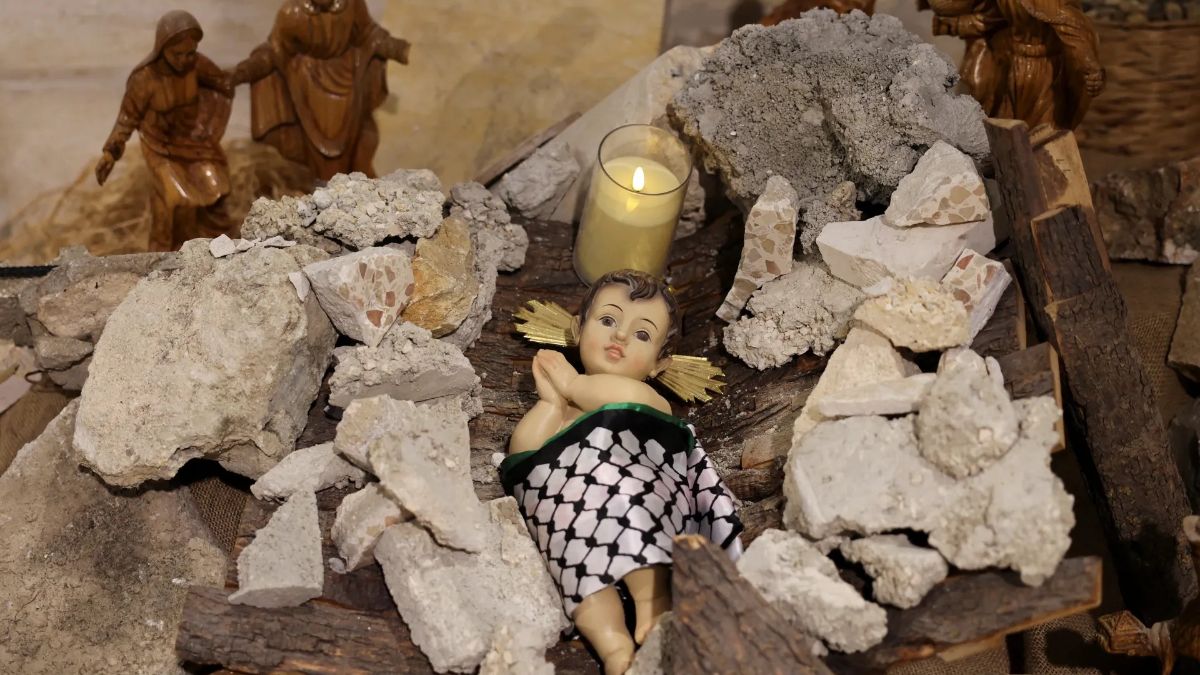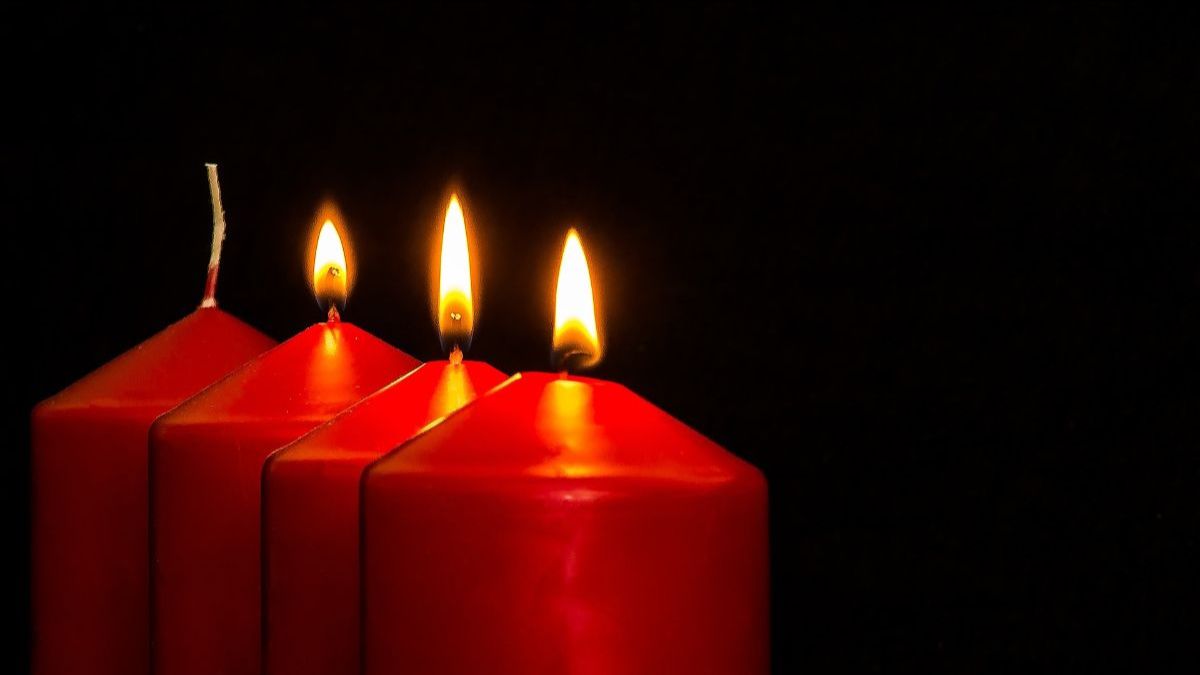Unity Without Enemies?
I ask...that they may all be one...as we are one....that they may become completely one, so that the world may know that you have sent me...
John 17:20-26
May 6, 2016, Words By: Kris Rocke, Image By:
My favorite scientific experiment is the one conducted by Mark Twain. He placed a cat and a dog in a cage, and to his amazement they became friends. Encouraged, he added a rabbit, a fox, a goose, a squirrel and even some doves and a monkey. They too became friends and lived in peace. In another cage he confined an Irish catholic. When he seemed tame enough, he added a Scotch Presbyterian. Next he added a Turk, a Greek, as well as an Armenian Christian, a Methodist, a Buddhist, a Brahman and finally a Salvation Army Colonel. He left both cages for two days. When he came back, he found the animals still at peace. But in the cage of religious leaders he found “a chaos of gory ends…not a specimen alive.” Twain concluded that the religious leaders disagreed on a theological detail and carried the matter to a Higher Court.
It’s the seventh and final week of the Easter celebration. As you might expect, the seventh week is the full unveiling of what Easter is all about. On the eve of the crucifixion, Jesus prays for unity in the world. Yes, the life, death and resurrection of Jesus is so that we may “become completely one” (v.23). That’s what Easter is all about!
Jesus’ prayer is a horizontal prayer concerned with human flourishing. It is not primarily about mystical union between God and humanity. It’s a horizontal prayer about humans learning to be in community in the same way that God enjoys community. What’s more is that Jesus is not praying to God that we might create some new reality that’s never existed—as if we aren’t one but maybe someday if we try really, really hard we will become one. That’s moralism, which always leads to death. Instead, Jesus is praying that we might one day know what has been true since the “foundation of the world” (v. 24) that, in fact, in Christ, we ARE one, and this has been true from the beginning if we can only see it.
Modern science is catching up to theology in this regard as it “discovers” that everything is connected in an ecological dance of relatedness. We are discovering the deep relationality of the universe at both the quantum level (infinitely small) and the cosmic level (infinitely large). I think of naturalist John Muir’s (1838-1914) famous quote, “When we try to pick out anything by itself, we find it hitched to everything else in the Universe.” We ARE one, which is why Jesus prays that we might wake up and become one. Even so, the question still remains. What kind of oneness or unity is Jesus praying for?
Jesus’ prayer draws a distinction between God’s unity and ours. God’s unity exists over/against no one and is in rivalry with nothing. God is always “with and for” never “over and against.” God’s unity seems impossible to us who are forever forging unity over and against the other, compulsively producing enemies and scapegoats to maintain our fragile sense of community. In this sense, our enemies hold us together. We don’t know how to function without them. God’s unity is born of love that calls forth peace. Our unity is born of fear and is based in violence. Jesus prays, “Be one…as we are one.”
Jesus’ prayer is particularly relevant in our urbanized world. Cities are filled with every kindred, tribe and nation bumping into each other. The stakes are high. We are desperate for a unity that mirrors the unity of God. Jesus’ prayer is not just a nice idea. It’s our only hope.
Unity, community, oneness, that’s it! That’s our Easter witness! That’s the sign that God is with us. It’s the only way the world will know that Jesus was truly sent by God.
Kris Rocke
Executive Director
Street Psalms



